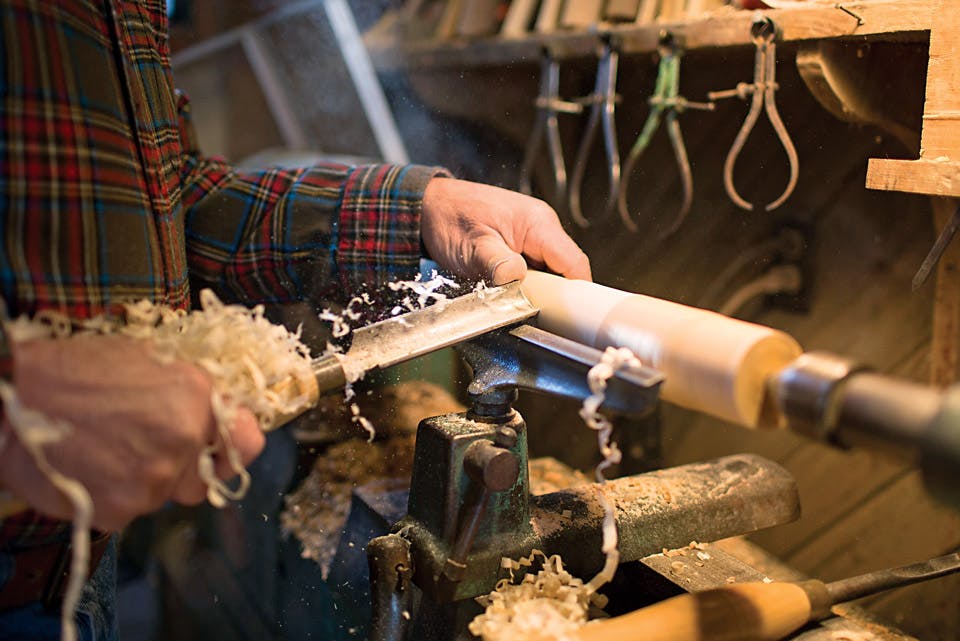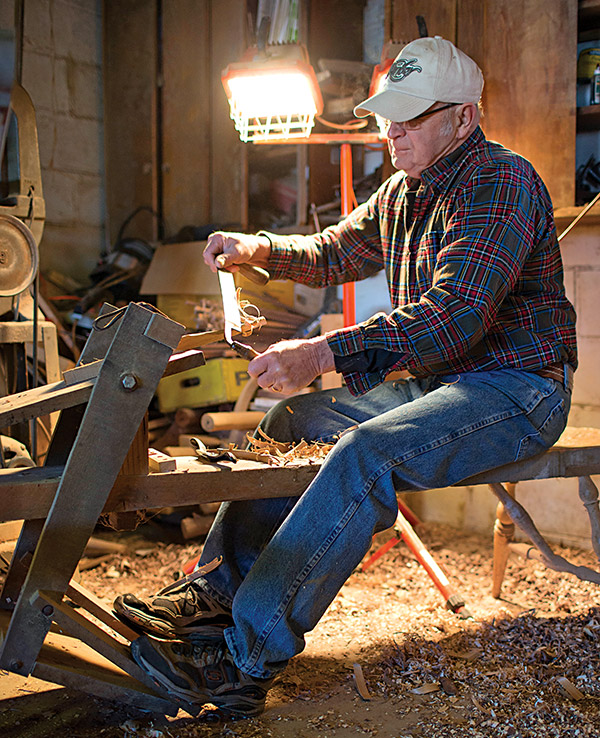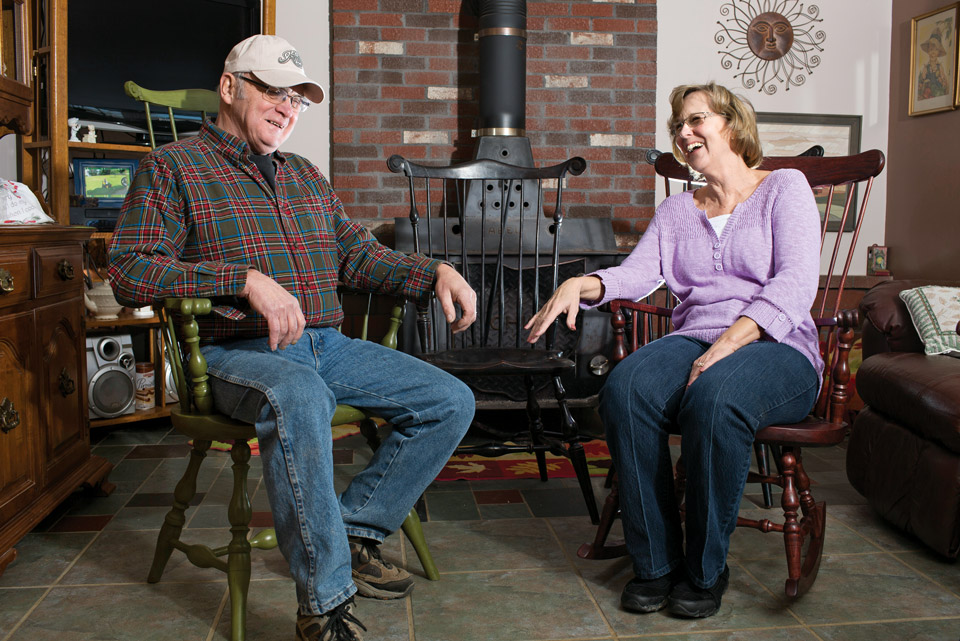Home + Garden
Abel’s Ohio Windsor Chairs, Newark
Windsor chairs date back to early America. Furniture-maker Bob Abel crafts them one at a time at his home workshop.
Related Articles

Visit the Ohio Graves of 5 U.S. Presidents
Seven presidents were born in Ohio, and another called the state home before being elected. Connect with that history by visiting the final resting places of the five who are buried here. READ MORE >>

Lauren Alexander Designs’ Eco-Friendly and Incredibly Cute Everyday Items
This Columbus maker creates colorful replacements for household products that prioritize sustainability and reusability to help reduce harmful environmental impacts. READ MORE >>
.jpg?sfvrsn=c7bfb738_5&w=960&auto=compress%2cformat)
3 Ways to Celebrate Ohio Statehood Day in 2025
Happy birthday, Ohio! Celebrate 222 years of the Buckeye State this week in both our current and former capital. READ MORE >>





